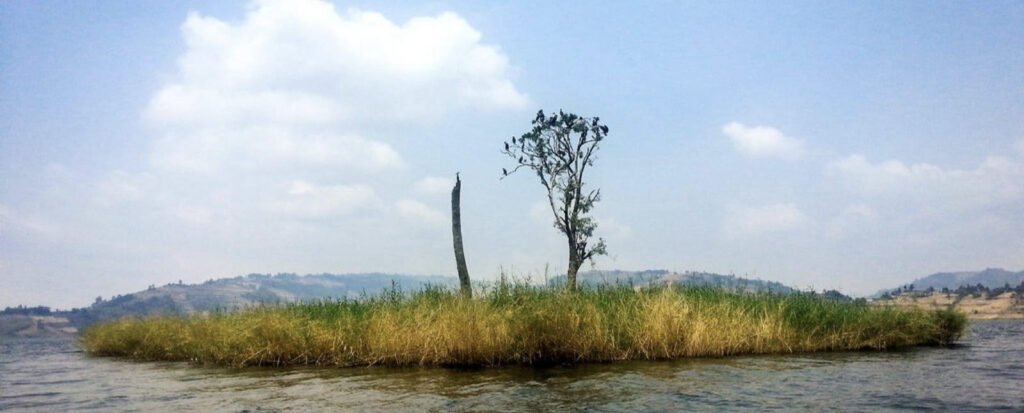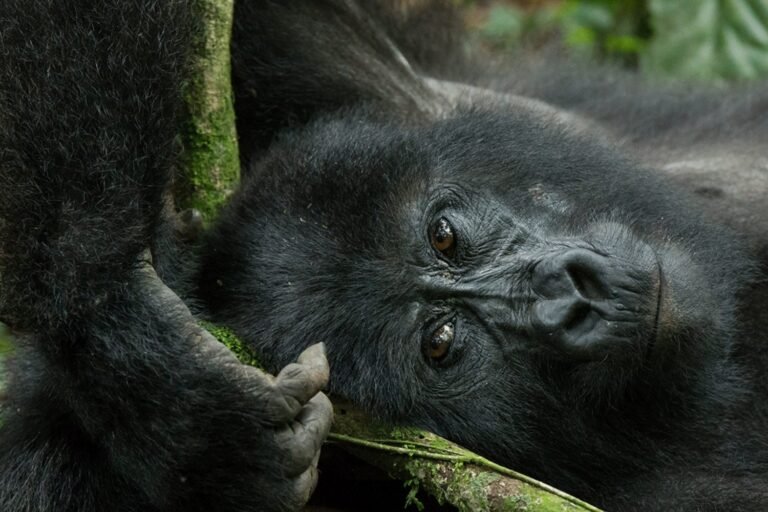Akapene Island: The Haunting Legacy of Uganda’s Punishment Island
Akapene Island – Uganda’s Silent Witness of Pain and Redemption

In the tranquil waters of Lake Bunyonyi, nestled in southwestern Uganda, lies a tiny, uninhabited island with a haunting past. Known as Punishment Island, or Akampene in the local Bakiga language, this narrow strip of land was once the final destination for young women who became pregnant out of wedlock—a practice rooted in cultural norms that prioritized family honor over individual rights.
The Dark History of Punishment Island
In traditional Bakiga society, virginity before marriage was highly valued, and premarital pregnancy was considered a grave dishonor. Families, driven by societal pressure and the fear of shame, would abandon their pregnant daughters on Punishment Island. The island, barely larger than a basketball court, offered no shelter, food, or water. Left to fend for themselves, many girls perished from starvation, exposure, or drowning while attempting to swim back to the mainland—a daunting task given the lake’s depth and the rarity of swimming skills among the local population .
Some girls were rescued by men who couldn’t afford the traditional bride price. These men would take the abandoned girls as wives without the customary dowry, highlighting a tragic irony: while their families deemed them worthless, others saw them as an opportunity.
Cultural Context and Social Norms
The practice of abandoning girls on Punishment Island was deeply entrenched in the patriarchal structures of the time. Premarital pregnancy was seen not just as a personal failing but as a stain on the family’s reputation. The economic implications were significant; a pregnant daughter could not command a bride price, leading families to view abandonment as a means of mitigating financial and social loss.
This harsh tradition persisted into the early 20th century but gradually faded as societal attitudes evolved and education became more widespread.
Punishment Island Today: A Symbol of Reflection and Change
Today, Punishment Island stands as a somber reminder of past injustices and the resilience of those who suffered. The island is a popular stop for tourists exploring Lake Bunyonyi, offering a poignant glimpse into a dark chapter of Ugandan history. Local guides share stories passed down through generations, ensuring that the memories of those abandoned are not forgotten.
Visiting Punishment Island: What to Expect
Reaching Punishment Island involves a canoe or motorboat ride across Lake Bunyonyi. Tours often include:
- Guided Narratives: Local guides share the island’s history and its impact on the community.
- Cultural Experiences: Opportunities to engage with the Bakiga people and learn about their traditions.
- Scenic Views: The lake’s 29 islands and surrounding terraced hills offer breathtaking vistas.
Visitors are encouraged to approach the experience with sensitivity and respect, acknowledging the island’s tragic past while appreciating the strides made toward gender equality and cultural understanding.

Preserving the Memory: The Importance of Storytelling
Preserving the history of Punishment Island is crucial for fostering empathy and preventing the repetition of past mistakes. Oral histories, documentaries, and educational tours play a vital role in keeping the memories alive. These narratives not only honor the victims but also serve as powerful tools for promoting social change and gender rights.
Organizations like Amatsiko Organisation are instrumental in this effort, working to empower young girls and educate communities about the importance of equality and human rights.
Conclusion
Punishment Island is more than a historical site; it’s a testament to the resilience of women and the capacity for societal transformation. By visiting and learning about the island’s past, we acknowledge the suffering endured and reaffirm our commitment to a more just and equitable future.
Internal Links:
External Links:
Visit Uganda – Official Tourism Site
UNESCO and Cultural Preservation in Uganda








One Comment